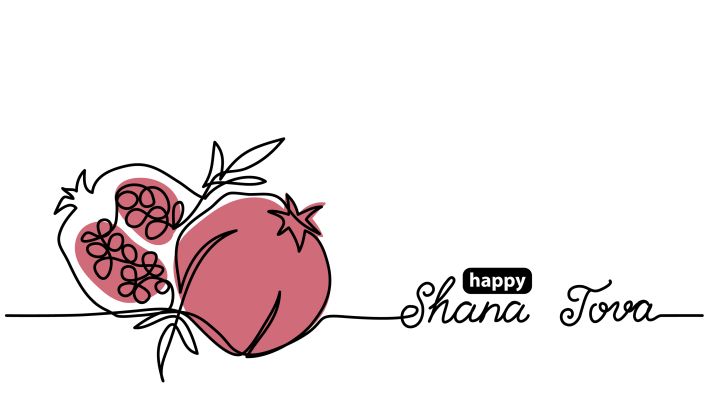An Ice Cream Story
How an Auschwitz Survivor Shaped Israeli – and German – Youth Cultures
Uriya Shavit

Last month, Yeshayahu Lichtenstein died, aged 93. He was survived by a wife, five children, seventeen grandchildren, and eight great-grandchildren. In a beautiful obituary, Haaretz described him as “the most optimistic man in Tel Aviv.” Few people encapsulated the drama of Jewish existence in our times as he did.
Born in Poland, Lichtenstein survived two and a half years in Auschwitz and a death march, and in 1946 made Aliyah onboard the Enzo Sereni. He was imprisoned by the British in Atlit.
After Israel gained its independence, he settled in Tel Aviv and tried his luck in all sorts of professions, including opening a kiosk in the city’s central bus station where he sold sandwiches and newspapers, including a Polish-language daily.
Then, together with two partners, he began running a cafe in the northern part of the city, close to the Tel Aviv Port – “Montana Ice Cream.” You could find real, imported American ice cream, soft drinks, a coin-operated music machine, and video games there. The walls were covered with posters of James Dean and Marilyn Monroe.
Tel Aviv of the early 1960s was anything but the city that Quentin Tarantino thinks of as cool, especially if you happened to be a teenager. Montana Ice Cream became the place where the young would hang out. The location for first dates. A piece of Americana in a socialist land with no television. And soon enough, a myth.
In 1978, a youth movie depicting the innocence (and lack thereof) of three high school students in Tel Aviv of the early days of Montana Ice Cream was released – Eskimo Limon (Lemon Popsicle). Many scenes were filmed in Lichtenstein’s kingdom. The movie became an immediate hit as about one-third of the Israeli population bought a ticket.
Given the limitations of the genre, it was well-made. In the Tel Aviv it depicted, sixteen-year-olds were not anxious to become brave soldiers. They were anxious to lose their virginity. They did not did sing Kibbutz songs. They rode their bicycles to the sounds of Elvis. With the movie’s unprecedented success, the myth of Montana Ice Cream grew at a time when the actual place began to decline.
Then, a twist. Eskimo Limon turned out to be a blockbuster in West Germany as well. After a good run in movie theaters there (dubbed, of course), the movie and its sequels were shown as reruns on German television late at night. Eis am Stiel, as it was called there, became an integral part of growing up in Germany. Every teenager watched it, though not all of them admitted to doing so in retrospect.
It’s actually not difficult to explain the success. The film described the universal agonies of teenagers from European families, with chart-topping American oldies as the soundtrack. Writing about Eis am Stiel’s “curious success” in Germany in the 1980s, Astrid Winterfeld of the Jüdische Rundschau noted that while Germans who reflect on their youth relate to the movie differently, few of them realize that it was originally Israeli.
There was only one country, other than Israel and West Germany, where Eskimo Limon was that successful – Japan.
In the early 2000s, Montana Ice Cream was all but deserted. Times change. The sensation became nostalgia, and nostalgia can only make that much money. Lichtenstein and the partner who remained with him insisted on not closing down. It was sad to follow the legal dispute. It could only end one way.
An Auschwitz survivor begins a new life in Israel, has a large family, brings America to Tel Aviv, takes part in shaping the youth culture of a generation of Israelis, and, through an iconic movie, ends up indirectly leaving a mark on German youth culture as well, only to see his life’s work fade slowly away.
What are we to make of this unusual tale? Perhaps it’s about Jewish vitality. Perhaps about the great ironies of history. Perhaps about globalization. Perhaps a reminder that, from the point of view of eternity, we are all failures. Yet in this season of the High Holy Days, as I pass through the famous ice cream venue that became a baby store, I’d like to think that the appropriate conclusion is the most beautiful of Jewish teachings: “Whoever saves one life, saves the world entire.”
